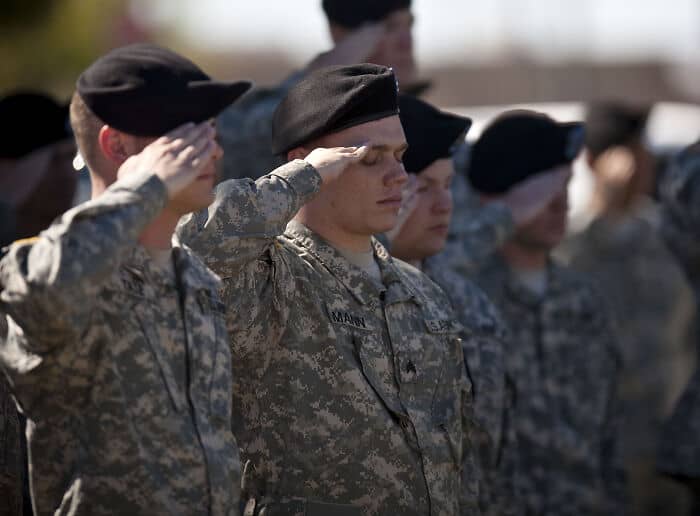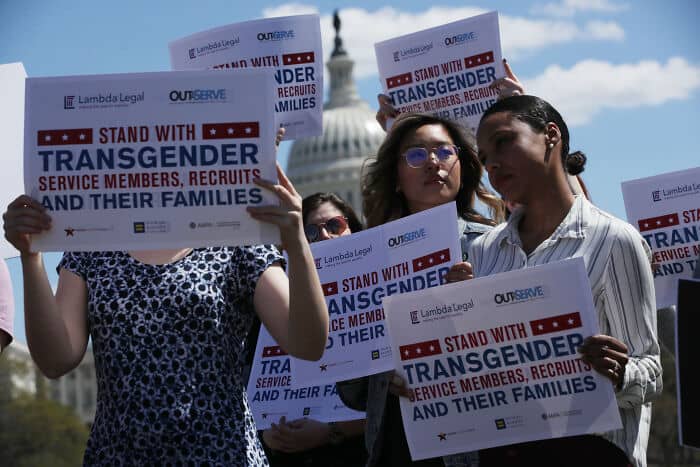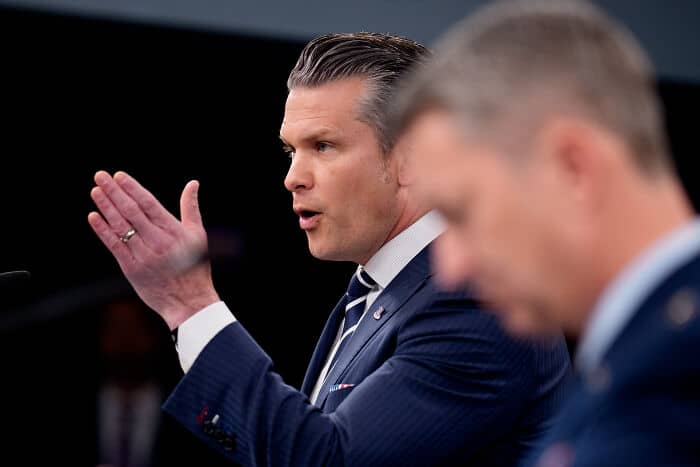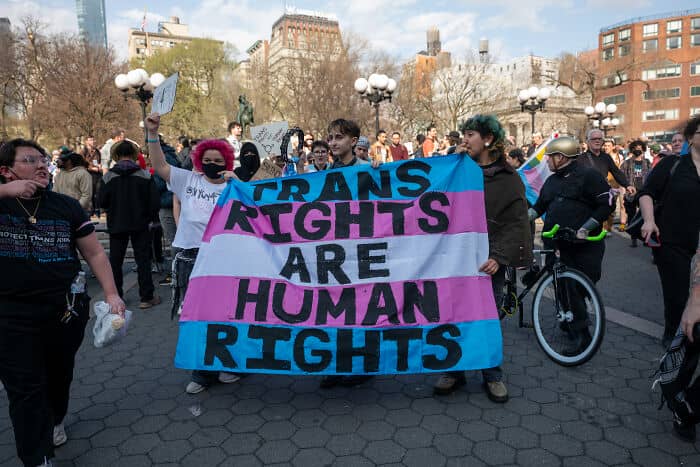The U.S. Air Force announced it will not allow transgender service members with 15 to 18 years of service to retire early. Instead, they will be separated without retirement benefits.
This forces transgender service members to either take a lump-sum separation payment or be removed from service.
An Air Force spokesperson told the Associated Press that while some service members were allowed to apply for exceptions, none of those requests were approved.
HighlightsThe U.S. Air Force blocked early retirement for transgender members with 15-18 years of service, separating them without benefits.Transgender troops must choose between a lump-sum payout for voluntary separation or involuntary separation without retirement.Transgender members and advocates describe the process as cruel and dehumanizing, with service records reverted to birth gender.RELATED:U.S. Air Force will not allow transgender service members to retire early

They said about a dozen members had been “prematurely notified” that they would be able to retire before that decision was reversed.
This policy change follows a Supreme Court ruling in May that allowed the Pentagon to enforce a ban on transgender troops.
Soon after, Defense Secretary Pete Hegseth gave transgender service members two options: voluntarily leave and receive a one-time payout, or be involuntarily separated later without retirement benefits.
A Pentagon official told reporters in May that the policy was treating “anyone impacted by it with dignity and respect.”
But transgender troops feel the opposite. They told Military.com that the entire process has been “dehumanizing” and “open cruelty.” It included reverting their service records to their birth gender.

Logan Ireland, a master sergeant in the U.S. Air Force who has served for 15 years, told Military.com, “You’ve had this fantasy in mind all these years that I’m gonna be retiring in my blues, and my family’s gonna be there and it’s gonna be honorable.”
Ireland is no longer authorized to wear the uniform that he’s been wearing for more than a decade.
“To be denied that opportunity—not because of my qualifications or capability, but because of bias disguised as policy—it’s just incredibly disheartening,” he said.
Senator Elizabeth Warren wrote in a letter to Pete Hegseth in January, “You also ‘mock and misgender transgender servicemembers’… disrespecting the approximately 150,000 transgender Americans who have served in the military as of 2014,”

“Reinstating a ban on transgender troops would undermine military readiness by taking these estimated 15,000 servicemembers out of the military and taking away experienced troops. As the military continues to fall short of its recruitment goals, it cannot risk losing even more troops in the face of the unwelcoming environment you are already creating,” she continued.
LGBTQ+ lawyer Shannon Leary told the Associated Press she expects lawsuits to challenge the latest decision.
“It seems quite arbitrary on its face and cruel. These military members have dedicated their lives to serving our country,” she said.
Leary also believes other military branches may follow the Air Force’s lead.
Normally, military members with over 15 years of service are offered early retirement when downsizing occurs.
According to Pentagon data, more than 4,200 service members have been diagnosed with “gender dysphoria,” which the military uses as a way to identify transgender troops.
According to The New York Times, previous estimates put the number of trans troops at about 15,000.
Active-duty transgender troops had until June 6 to self-identify and receive a payout

Under the latest policy, active-duty transgender troops had until June 6 to self-identify and receive a payout. Those in the National Guard and Reserve had until July 7.
Officials say they will rely on commanders and medical screenings to find anyone who did not come forward.
The policy is part of a wider effort by U.S. President Donald Trump’s administration to roll back transgender rights.
U.S. President Trump has issued executive orders targeting trans youth, trans athletes, and trans service members serving in the military.
Trump claimed that being trans conflicted “with a soldier’s commitment to an honorable, truthful, and disciplined lifestyle.”
In January, Trump also signed an order declaring that the U.S. government would only recognize two biological sexes—male and female—that were assigned at birth.

This is not the first time Trump has taken a step like this. In 2019, during his first term as president, the Trump administration ordered a ban on transgender service members unless they served in their birth gender and did not seek transition-related treatment.
In January 2021, former President Joe Biden signed an executive order reversing Trump’s policy and allowing transgender individuals to serve openly.